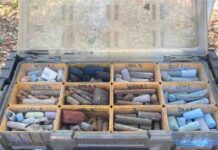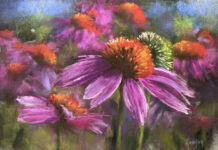Hey, it’s Frrrriiiiiday! Yesiree! And Pierre Bonnard is in the house!
Whoa, getting ahead of myself.
Today I ask Advisory Board member Richard Suckling THE question which is: What painting—either a master/historical piece or a contemporary work— or artist has made the most impact on you? And why or how?
And happily, Richard had quite a lot to say. Enjoy and be inspired by his response!
~~~~~
There is one painter that has been a constant source of inspiration to me during my journey from illustrator to fine artist.
I had become disillusioned with the world of illustration as inevitably the computer began to replace so many of the skills and materials that I enjoyed. Conscious that working in pen and ink, my medium of choice, was beginning to look tired and well, old hat, it was time to make a tough decision.
So whilst working normal nine-to-five jobs, I began to learn a new craft, which I must admit at times seemed insurmountable. I could draw, no problem there. It was a habit drummed into me at art college and was never a chore, but most of my commercial art had been black and white and I had neglected the skills of colour use. To become a painter was going to require some serious work and colour was the sticking point.
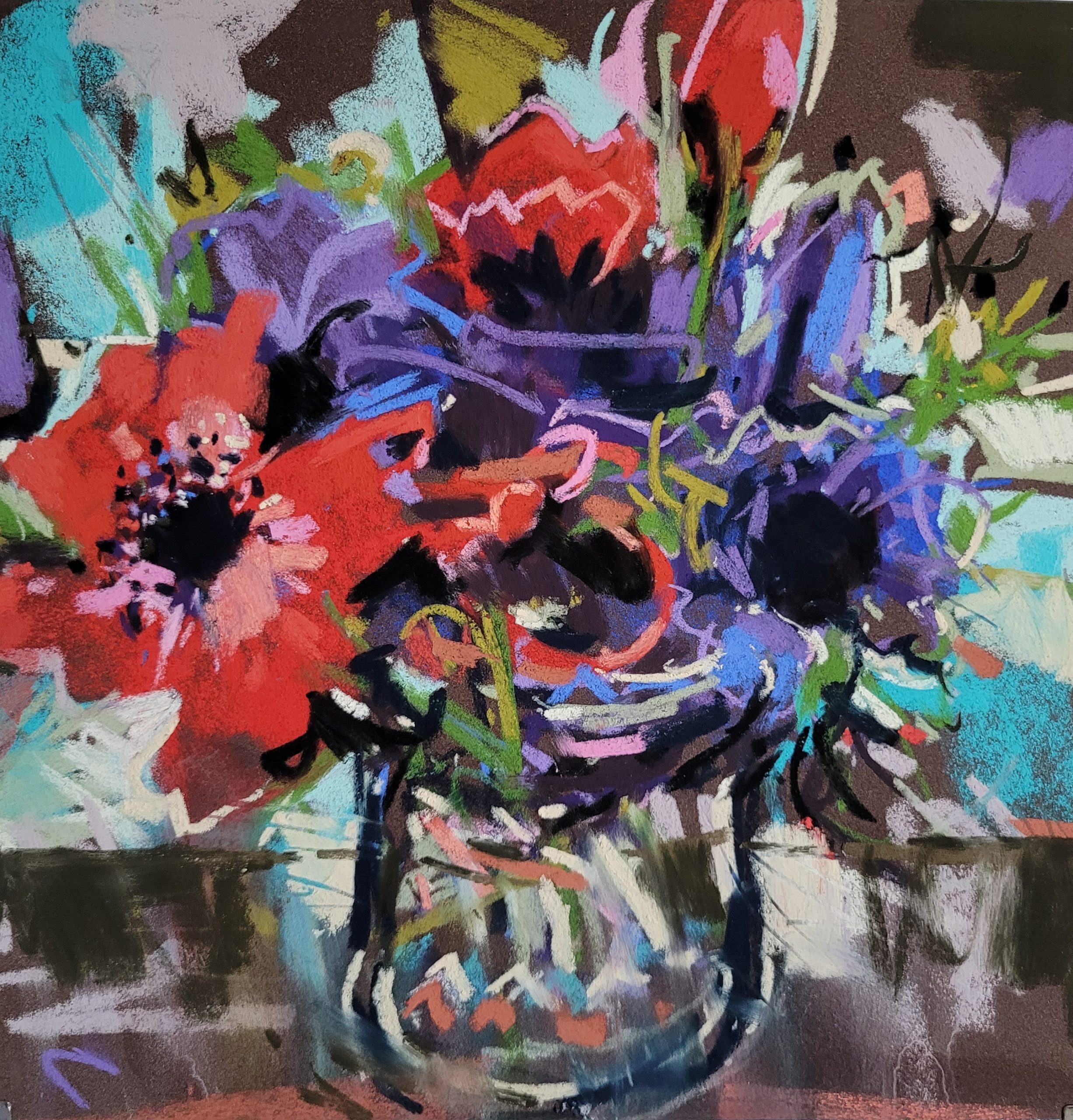
I played with all of the mediums before finally settling on soft pastels, it just worked for me, blending drawing and painting into one harmonious process. Colour however was not a natural progression for me and with the generous gift of pure saturated colour that the pastel medium presents us with, this was going to be a problem.
I scoured art books and galleries for answers trying to put into practice what I liked, experimenting and testing different approaches. I got to be okay and started selling pastel paintings but I felt there was still a tentativeness and lack of commitment where my use of colour was concerned.
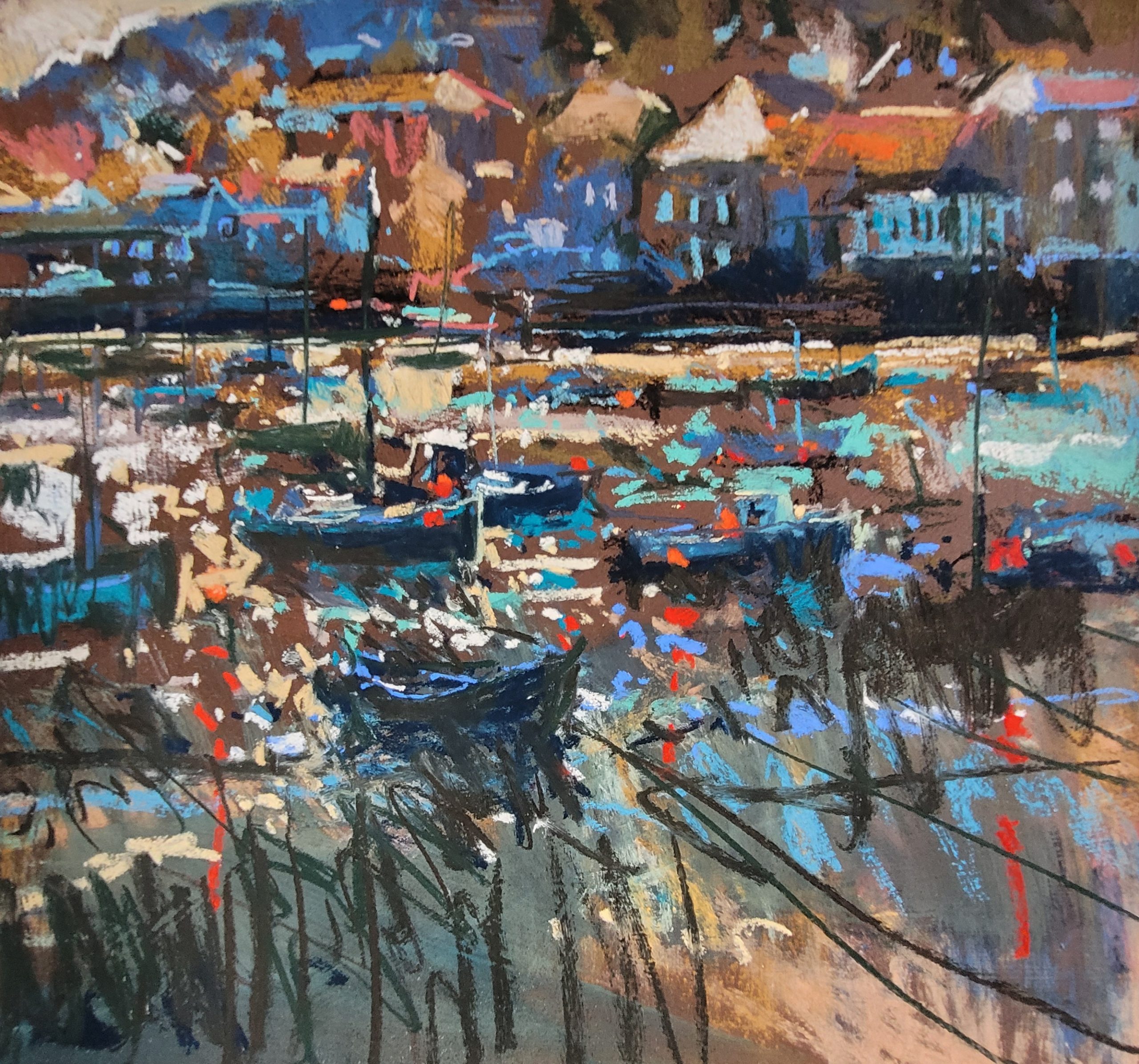
Then came my artistic epiphany in the form of Pierre Bonnard [1867-1947] the French Post-Impressionist painter. He is one of those painters that doesn’t fit comfortably into a specific way of painting. Matisse was an admirer and friend whilst Picasso was famously unimpressed by Bonnard’s work. He is not a giant in the world of modern art but if you like his work, you love it. There is no halfway with this one.
Bonnard quietly went about making his art, always aware of contemporary trends and styles taking the world of art by storm but focused with determination on his own particular way of making art. I like this about him. He was on a course and remained true to his personal journey, not blinkered, but refusing to be distracted by outside influences.
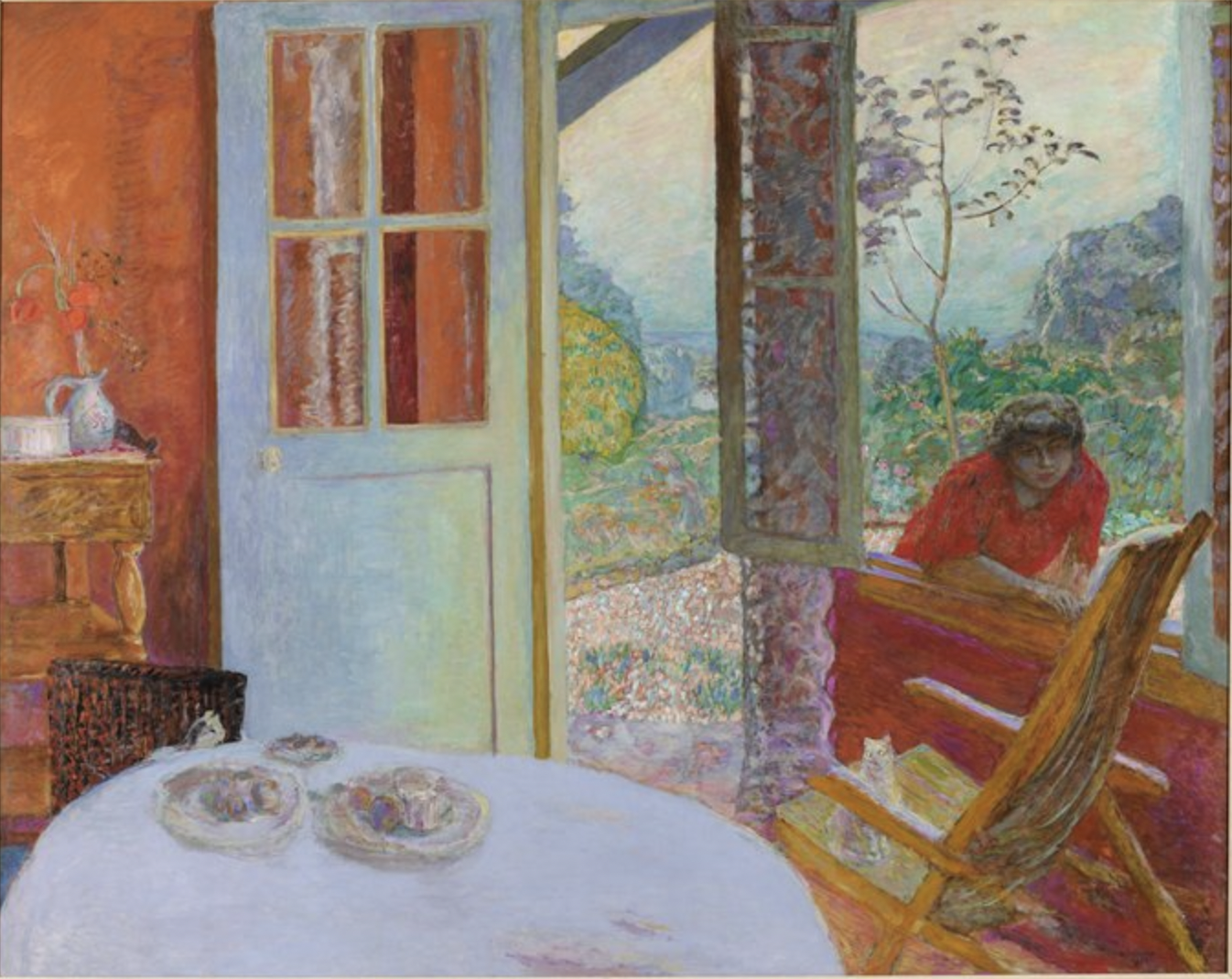
Bonnard is well known for his bold style of composition whether using pattern, distorting the picture plane, or truncating elements with daring crops to elements within the picture. I love these qualities but it was his use of colour that fascinated me as I had not seen anything quite like it before. He plays with colour, pushing it to the limit, breaking rules but always there is a quiet order to how he goes about this. He once remarked that “drawing is feeling. Colour is an act of reason” and it took me a while to understand this quote.
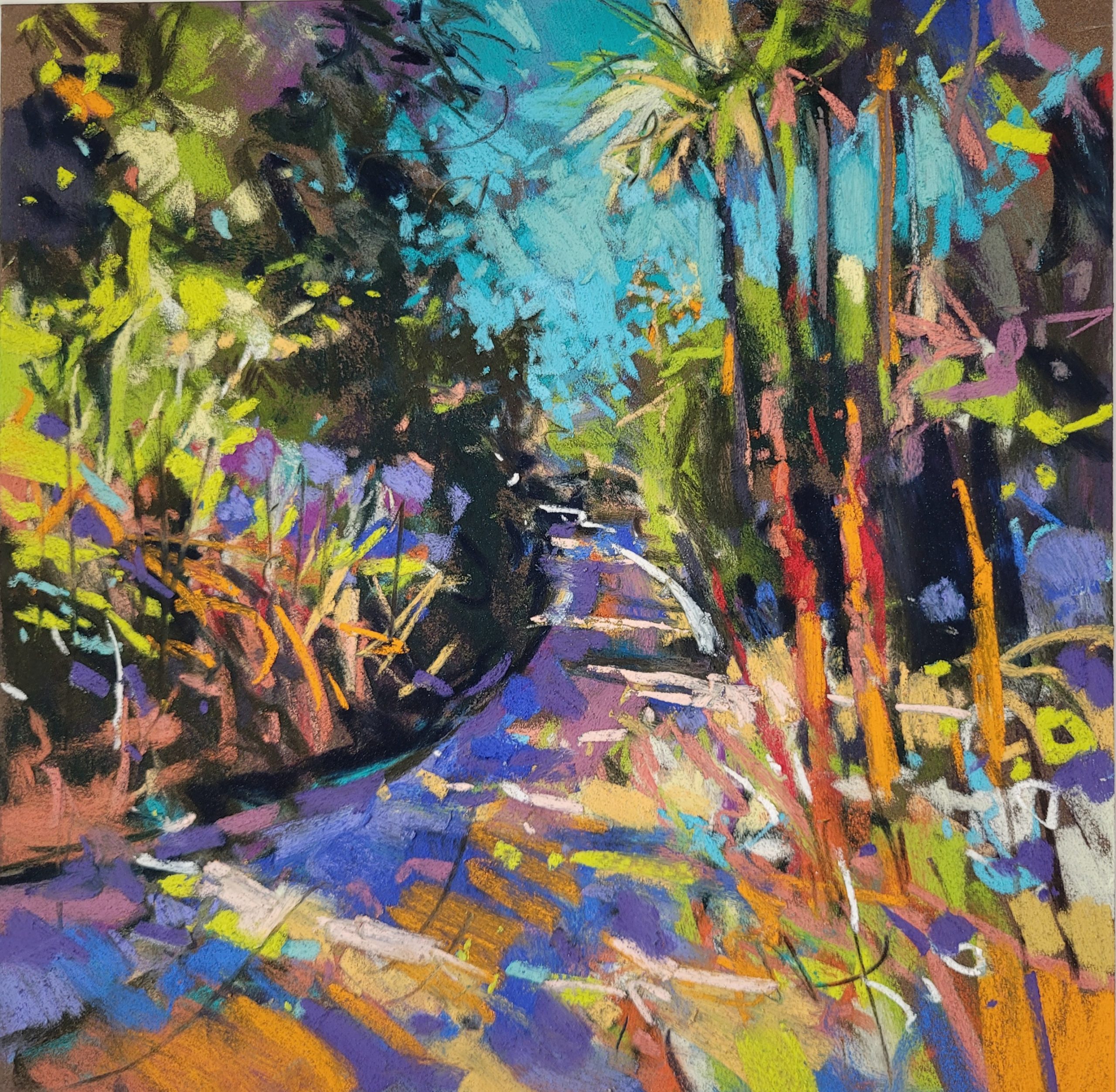
Pierre Bonnard did not paint from life but made small intimate studies in his diaries using pencil with additional written notes. Drawing was simply his form of response to his surroundings. He painted on canvas simply pinned to the wall using these pencil notes to aid his memory. So only when away from the motif did he start to explore the element of colour. Consequently, this use of colour is not restricted to merely recording what is in front of him, but has emotion, actively contributes to the design, and literally vibrates with energy in much of his work.
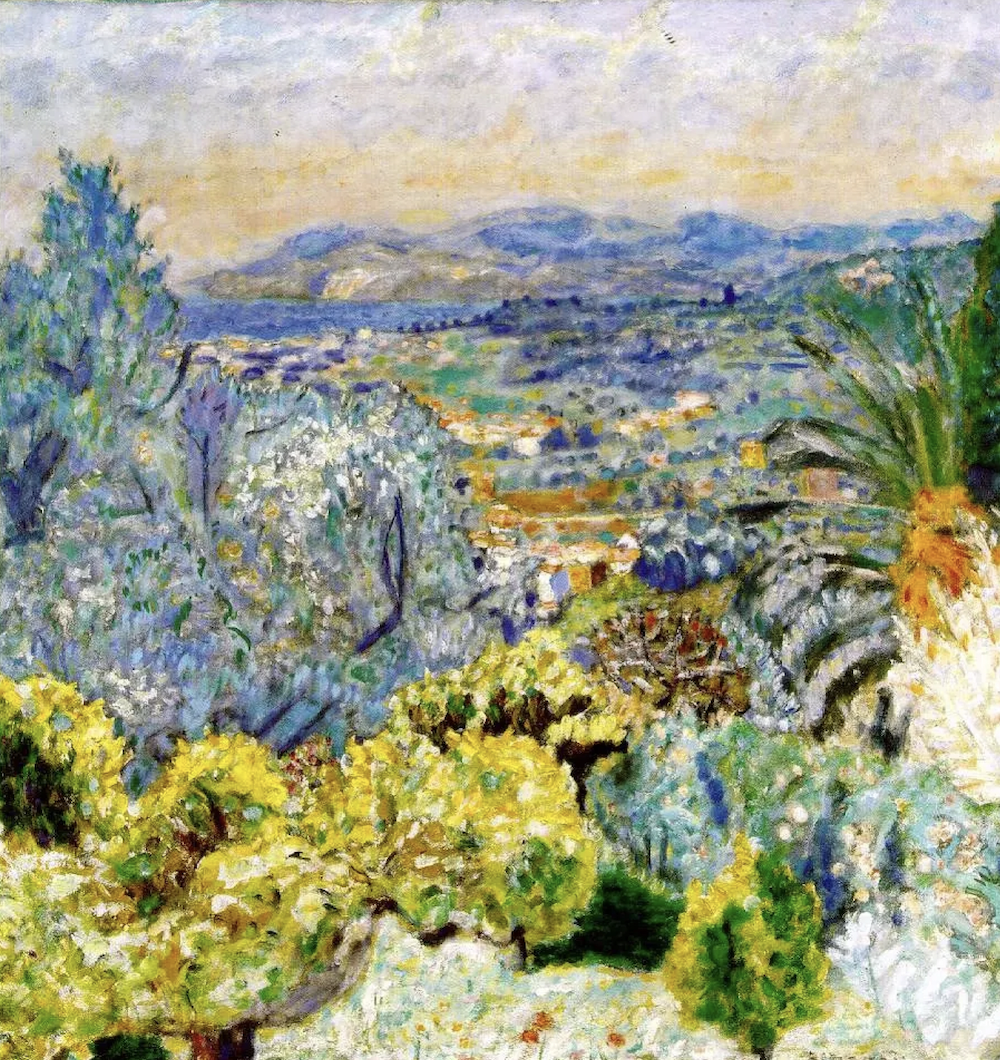
His landscape The Riviera (The Côte d’Azur) remains my favourite all-time landscape painting, though I am yet to see it in the flesh. (A trip to the Philips Collection in Washington, DC beckons!) His nudes are audacious in their use of colour. In paintings such as Nue Dans le Miroir, they almost seem to create their own light from within.

So when I am struggling with the somewhat complicated process of painting I always look to Pierre Bonnard to remind me that, where colour is concerned, the more time you take to play with its possibilities it offers, the more intuitive you will become in fully utilising its potential.
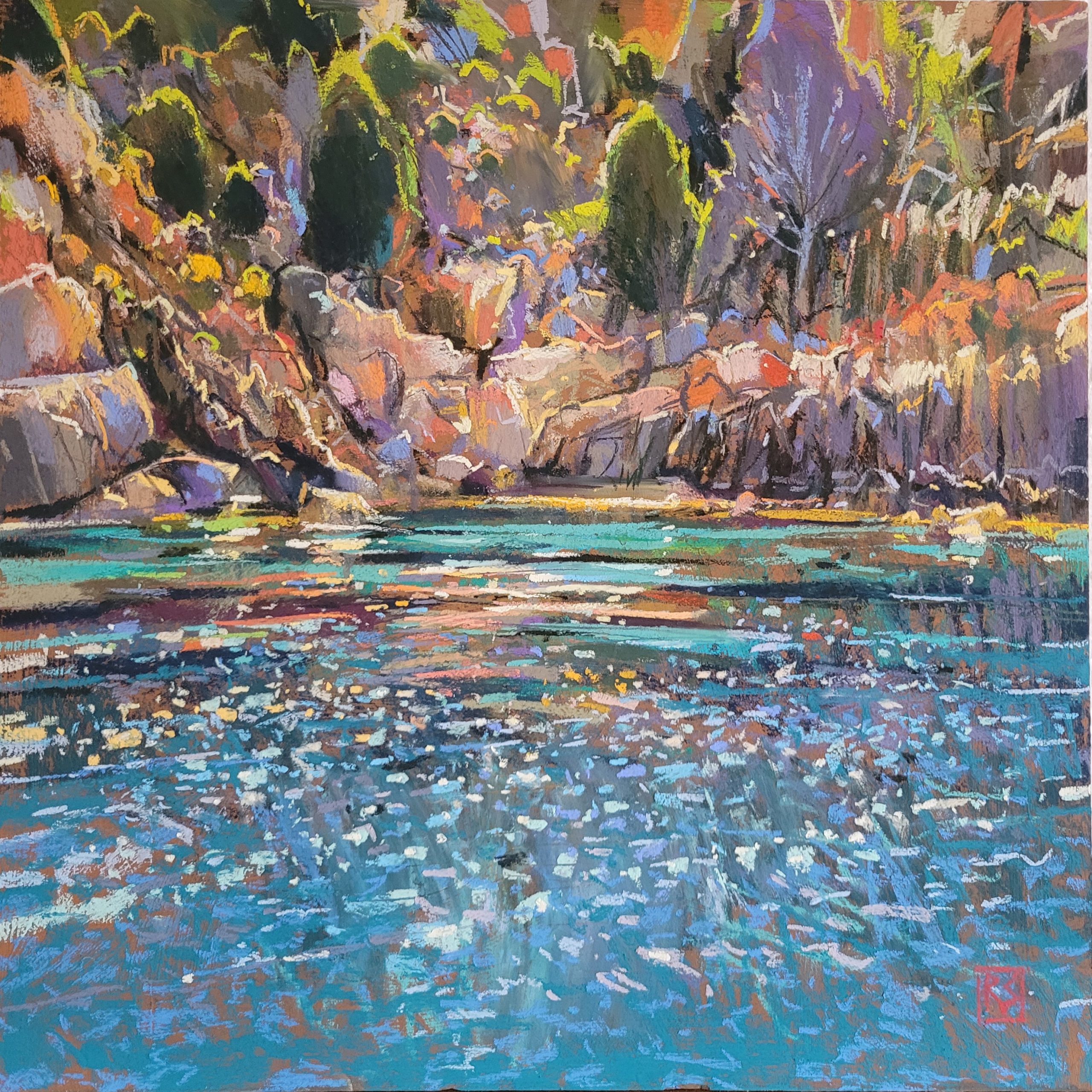
~~~~~
How wonderful, Richard, to hear how Pierre Bonnard and his work have influenced you. We can see it in your work. We can also see how completely your style and voice are your own!
_______________________________________________________________________
Goodbye Steve Doherty
I was saddened to hear the news of M. Stephen Doherty’s sudden death by heart attack on 12th November.
When I hear Steve’s name, I immediately think of American Artist (1937-2012). Steve was the editor of that periodical for 31 years (from 1979 to 2010). As a child growing up in the 70s, I remember the magazine being around our house. My Mum was a follower of the magazine as was her Dad, Newton Brett, before her. It was a staple in our family for so many years. And when I left home, I too eventually subscribed to it.
So hearing about Steve’s death is like hearing about the passing of a part of my life.
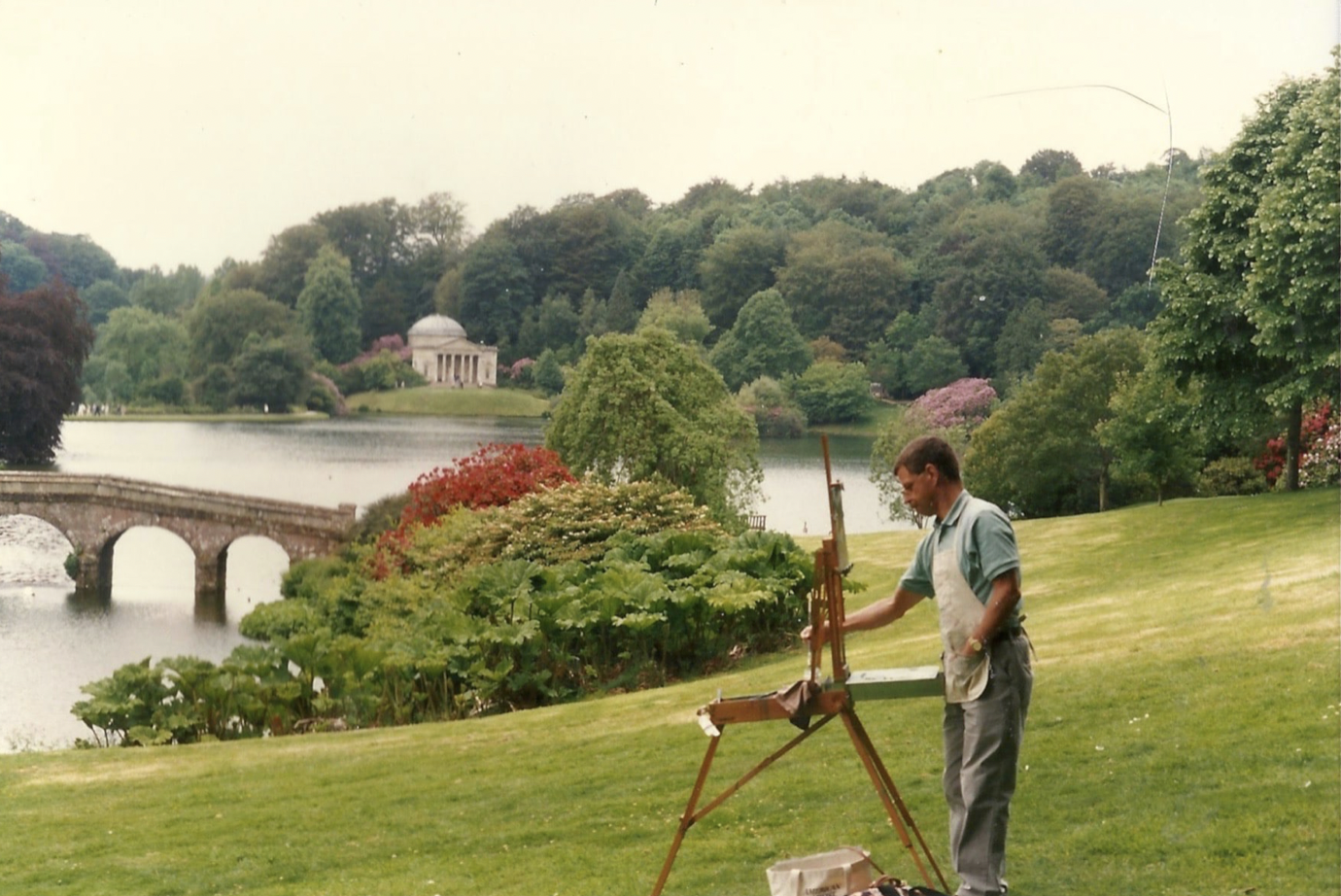
After leaving American Artist, Steve Doherty went on to become the editor-in-chief of PleinAir Magazine for 6 years before deciding to spend more time painting. He had a passion for painting on location. An avid plein air artist, he wrote an acclaimed book about the subject – The Art of Plein Air Painting: An Essential Guide to Materials, Concepts, and Techniques for Painting Outdoors.
Read more in an article in Outdoor Painter.
Enjoy this episode of PleinAir podcast on which he was a guest with Eric Rhoads where, among other things, he talks about his time at American Artist magazine.
And that’s it for this time…
Gail


